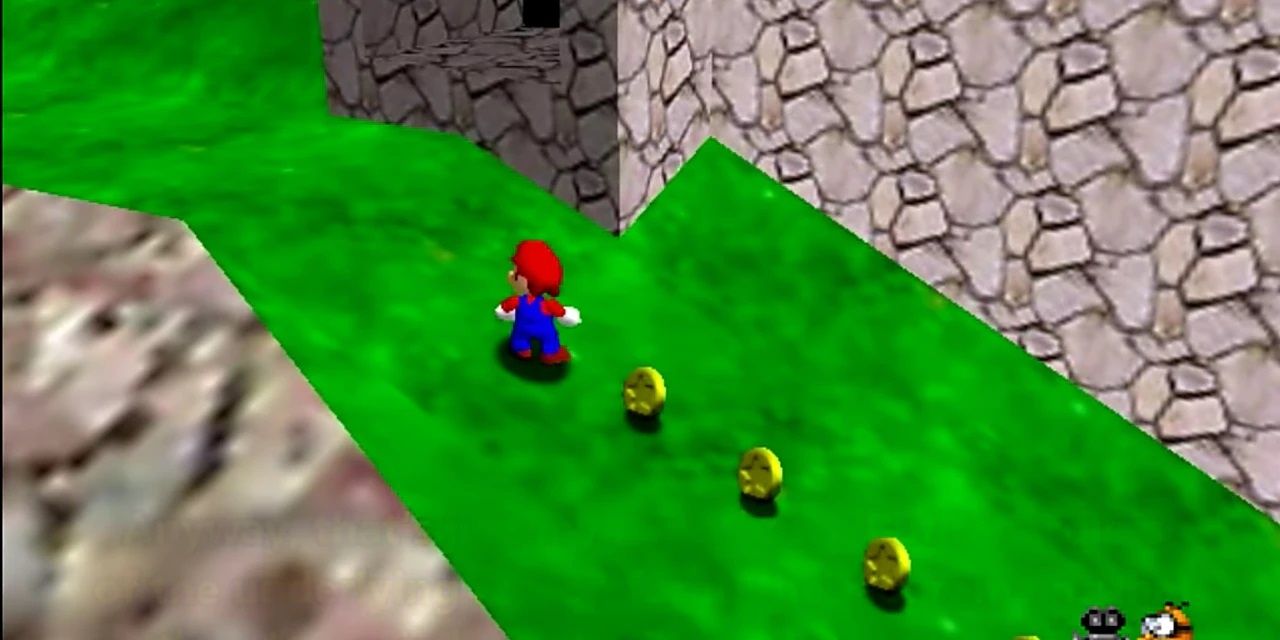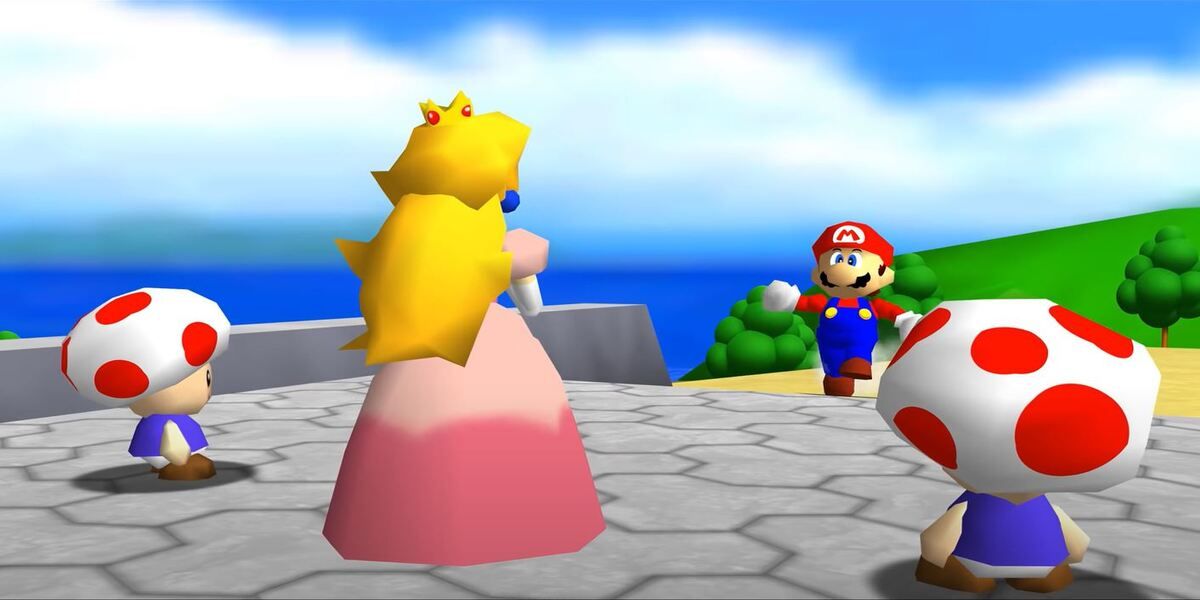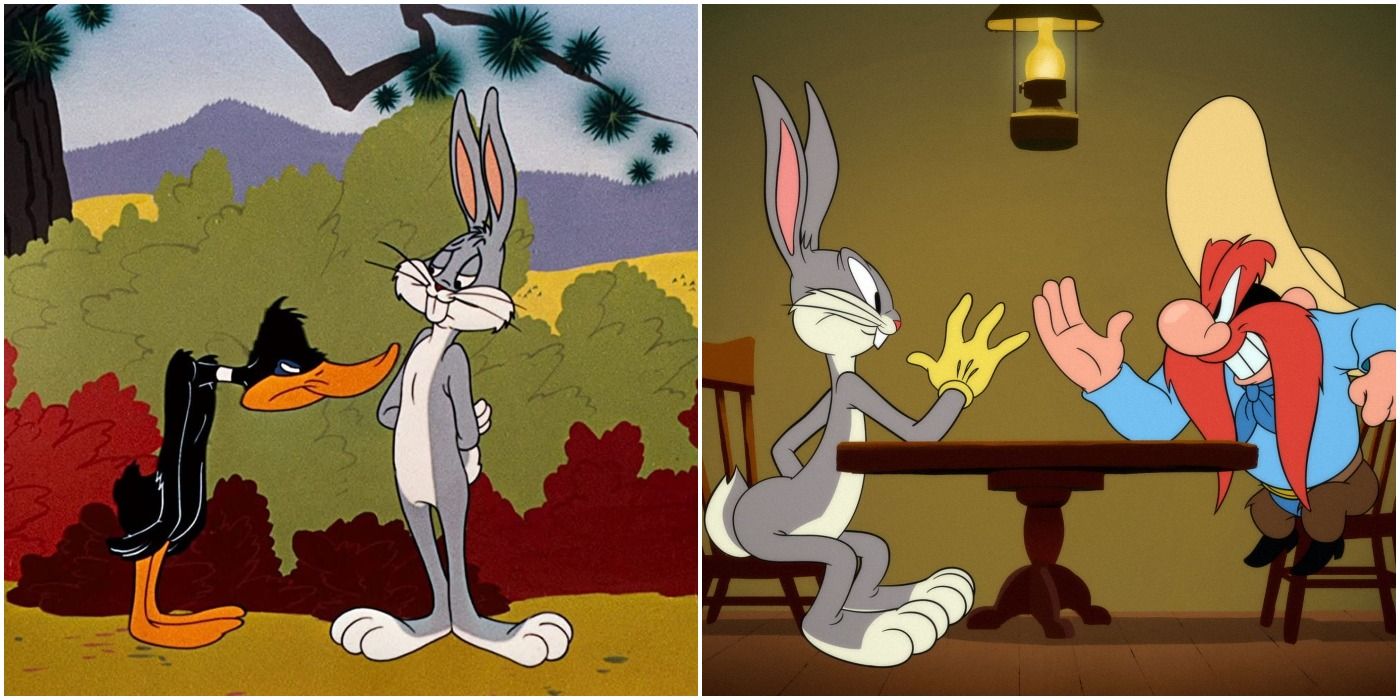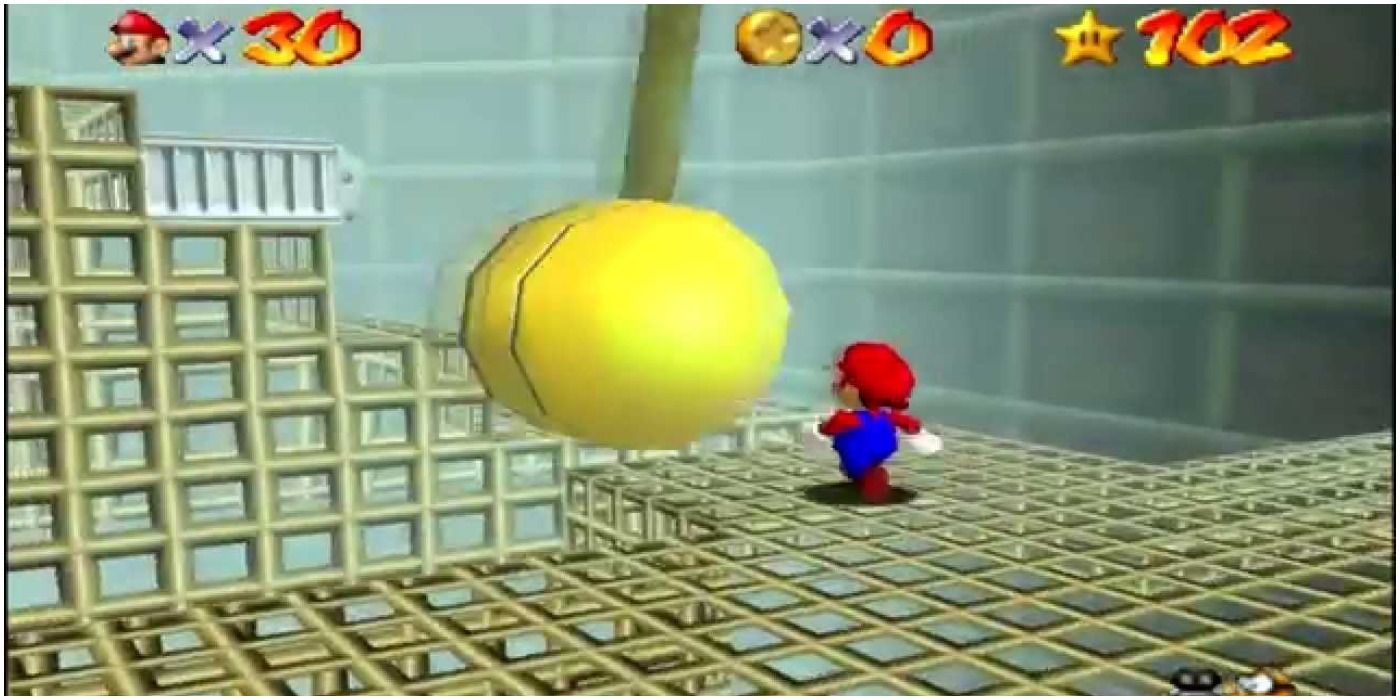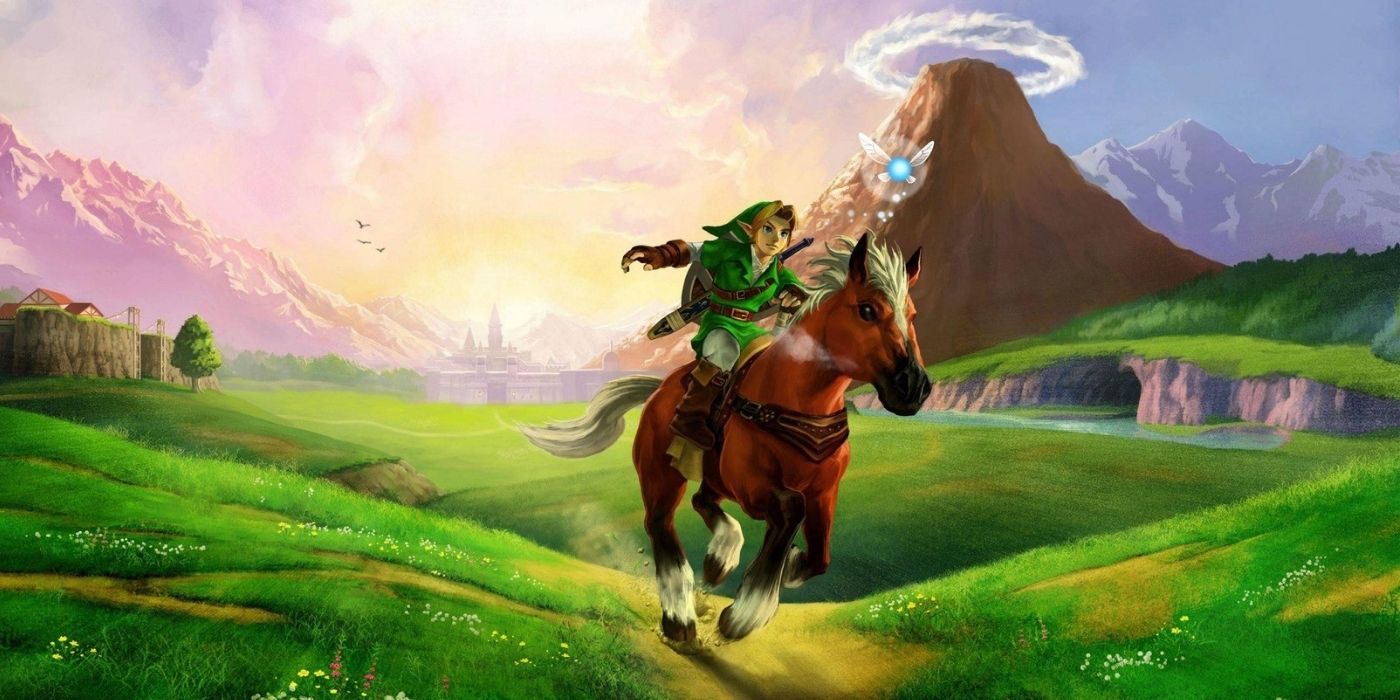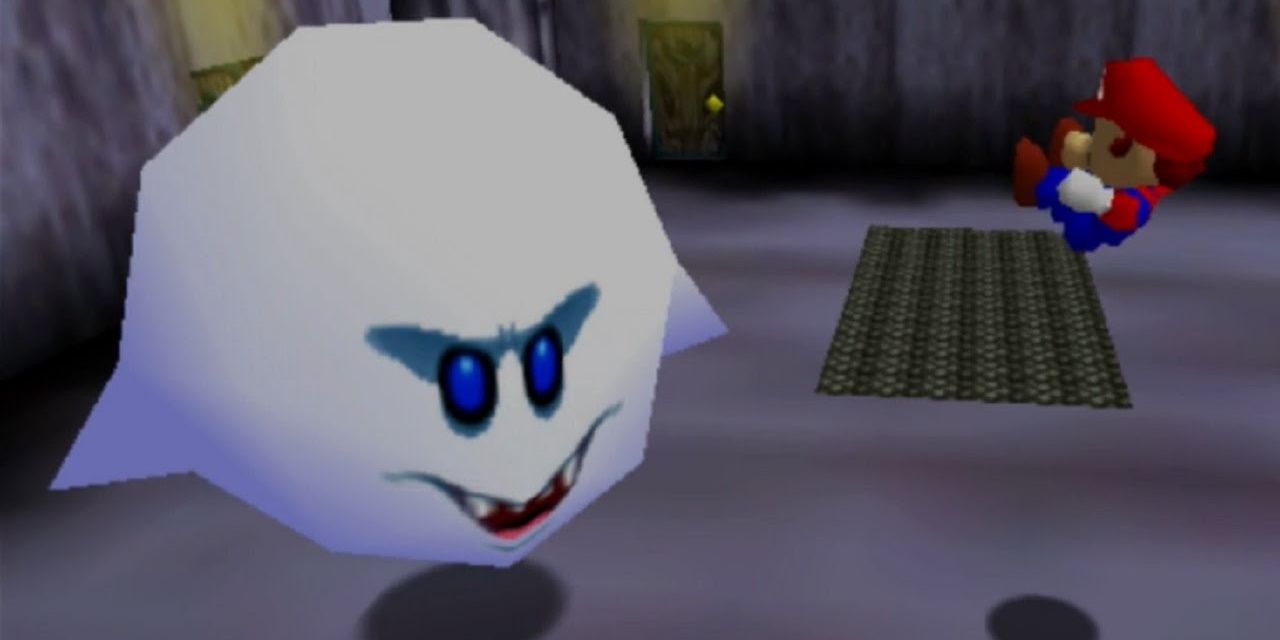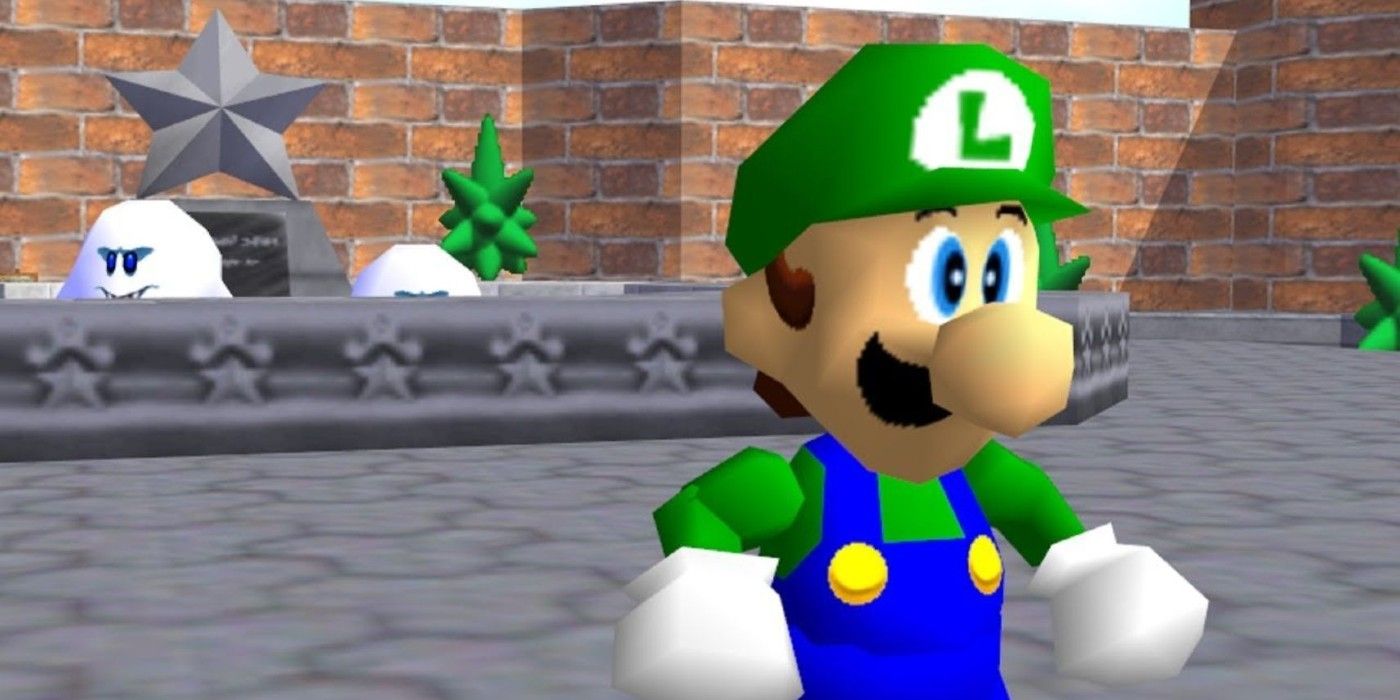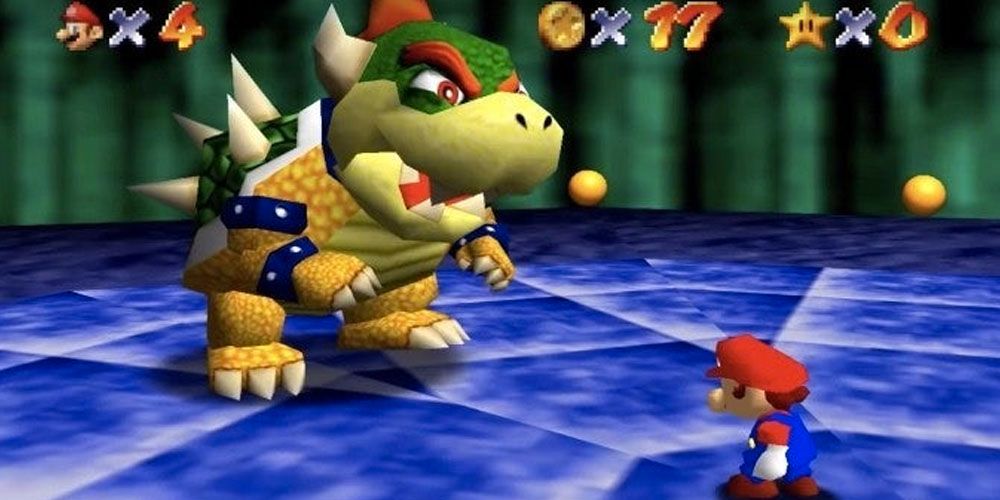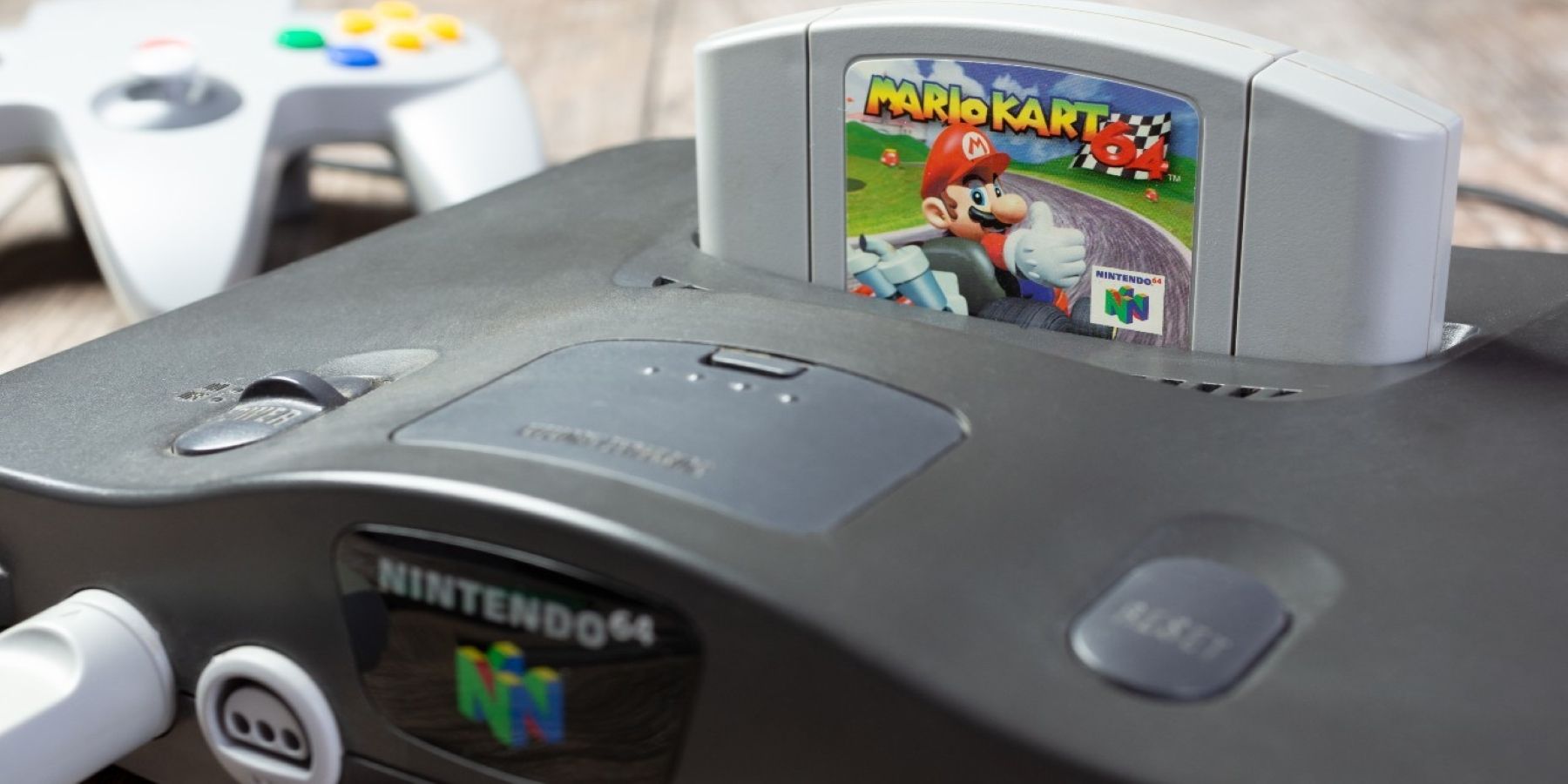One of the most iconic and recognizable games of all time, Super Mario 64 is seen as a landmark game in terms of developing great 3D titles and reaffirmed Nintendo's status as the best of the best as gaming moved into a new era.
In games, though, development rarely goes completely as planned, and the first design document for a game will often look very different from the finished product. Creative changes can be made for all sorts of reasons, time, money, or a change in philosophy. Regardless of the reason, they make for a plethora of entertaining tidbits.
10 The Impossible Coins & Doomed Goomba
In any Super Mario game, one thing that's guaranteed is that coins will be everywhere. Running around any level in 64 will net players at least 100 coins, with many giving a star for doing exactly that. As such, it may not be a surprise that the developers got a little overzealous with placing them.
In both Snowman's Land and Tiny-Huge Island, there are singular coins hidden just behind walls that can be seen by carefully positioning the camera. That's not all, though, as in Bowser In The Sky, there is a Goomba that should spawn on a platform to attack Mario but doesn't. Hackers eventually found this Goomba, and it turns out a glitch causes it to spawn at the bottom of the world, where it quickly falls to its death.
9 Peach's Lack of Speeches
In the English versions of Mario 64, the game begins and ends with a spoken segment from Princess Peach, the first time she had ever spoken in the franchise. Her voice was provided by then senior editor of the Nintendo Power magazine, Leslie Swan.
Interestingly, there is no equivalent speech in the Japanese version of the game, where Peach remains completely speechless. It's unknown why the decision was made only to give Peach an English voice, but Mario 64 speedrunners everywhere thank Nintendo for it, as it makes the Japanese version of the game much quicker out of the gate.
8 Placeholder Voice Clips
Charles Martine's performance as Mario has become a mainstay of the franchise, as he still voices the character to this day. However, before his brilliant performance had been recorded, the designers needed placeholder voice clips to work around, and their choice is a bit of an odd one.
To the surprise of many, it was clips ripped from Looney Tunes cartoons. It's unclear whether this was because some of the developers were fans of the cartoons, or they were the right fit for how they wanted Mario to sound. Either way, they were all replaced before the game was released.
7 Controlling Tick Tock Clock
It's no secret that players can have control over aspects of certain levels in the game. Tiny-Huge Island has Mario's size determined by the portrait he enters, and Wet-Dry World's water level is determined by what height Mario enters the portrait.
One that many players are still unaware of, however, is the one for Tick Tock Clock. The level runs like clockwork, with platforms moving and rotating on the tick and tock of the clock. The player can control the speed of the clock, though. Entering the portrait when the minute hand is on a 3 will cause the clock to move much slower while entering on a 6 speeds the level up. A 9 will cause everything to move erratically and out-of-synch, while a 12 causes everything to be completely still.
6 Back on the Horse
In 1998, The Legend of Zelda: Ocarina of Time was released to universal praise and created a new iconic character in Nintendo's history. Link's horse, Epona. Horses became a staple of the Zelda franchise from that point onwards, and other Nintendo franchises have left them alone.
That's why it's surprising that Super Mario 64 was initially supposed to feature a level where Mario could ride on a horse of his own. It never made it to actual development, and the idea was dropped before the game began being built, but it was heavily discussed in the early stages of pre-production.
5 Boo and Bowser's Shared Voice
Reusing assets is a lot quicker, cheaper, and overall easier for game developers, especially when storage space is a significant limitation. As such, there are two iconic laughs in the game in very different places. Boo's high-pitched cackle and Bowser's low and menacing laugh when Mario dies.
These two laughs conjure very different feels and have become tropes of the franchise in their own way. However, the truth is that they're the exact same laugh. They both use the same recording, except where Bowser's is slowed and deepened, Boo's is sped-up and heightened.
4 Real-World Background
Wet-Dry World is one of the game's more interesting levels, with the varying water levels opening up a myriad of possibilities for players. When players first enter the level at the bottom, walls on all sides prevent players from seeing out into the distance or falling off the level. However, when right at the top, the skybox is visible, and there's something strange about it.
Rather than a generic sky-like vista, like most levels, Wet-Dry World uses an image of a real-world town. These were initially believed to be of a Spanish town. However, after data miners found the raw image files, they were confirmed to be shots of both Shibam in Yemen and The Mosque of Mohammad Ali in Cairo, Egypt.
3 More Playable Characters?
While players know now that extra playable characters in Super Mario 64 are nothing but a fantasy, at the time, many believed that Luigi was hidden somewhere in the game and could be playable. Unfortunately, it wasn't to be, and extra playable characters would only be added to the Nintendo DS remake where Yoshi, Wario, and Luigi were all playable as the franchise's lore grew in scope.
That's not to say it was never the plan, however. Luigi was indeed intended to be playable in the game, along with a split-screen multiplayer mode, but time and money constraints prevented it from coming to fruition. However, Yoshi is in the game being found on the castle roof after 100% completion is achieved.
2 Reversing Death
Numbers can be hard for games consoles to deal with, especially big numbers, which is why games put limits on how high certain stats can go. Mario's coin counter in 64 is one of those stats, normally only reaching 999.
However, during the final fight with Bowser in Bowser in the Sky, the King Koopa's fireballs can be turned into coins, and it's possible for Mario to collect one too many and push the coin counter to 1,000. This causes a bizarre glitch, though. Mario's life counter switches to read "M25", then, if Mario is to fall off the level and die, he will gain a life instead of losing it. Amazingly, the inverse is also true, as obtaining a 1-Up mushroom will cause Mario to lose a life instead of gain it.
1 It's Not a 64-Bit Game
Marketing is a tricky game, and making people believe something is true is far more important than whether it is actually true or not. While the Nintendo 64 absolutely had the capability to run 64-bit games, many still chose to be 32-bit instead. There are many reasons for this, including lower storage space (especially for a long game like Mario 64 was) and generally faster running.
What may surprise players is that Super Mario 64 is, in fact, a 32-bit game. The "64" in the title simply refers to the console, Nintendo 64, it ran on. This allowed Nintendo to get away with a sneaky marketing trick, heavily implying the game was 64-bit without ever saying it and thus, never technically lying in their advertising.

.jpg)
